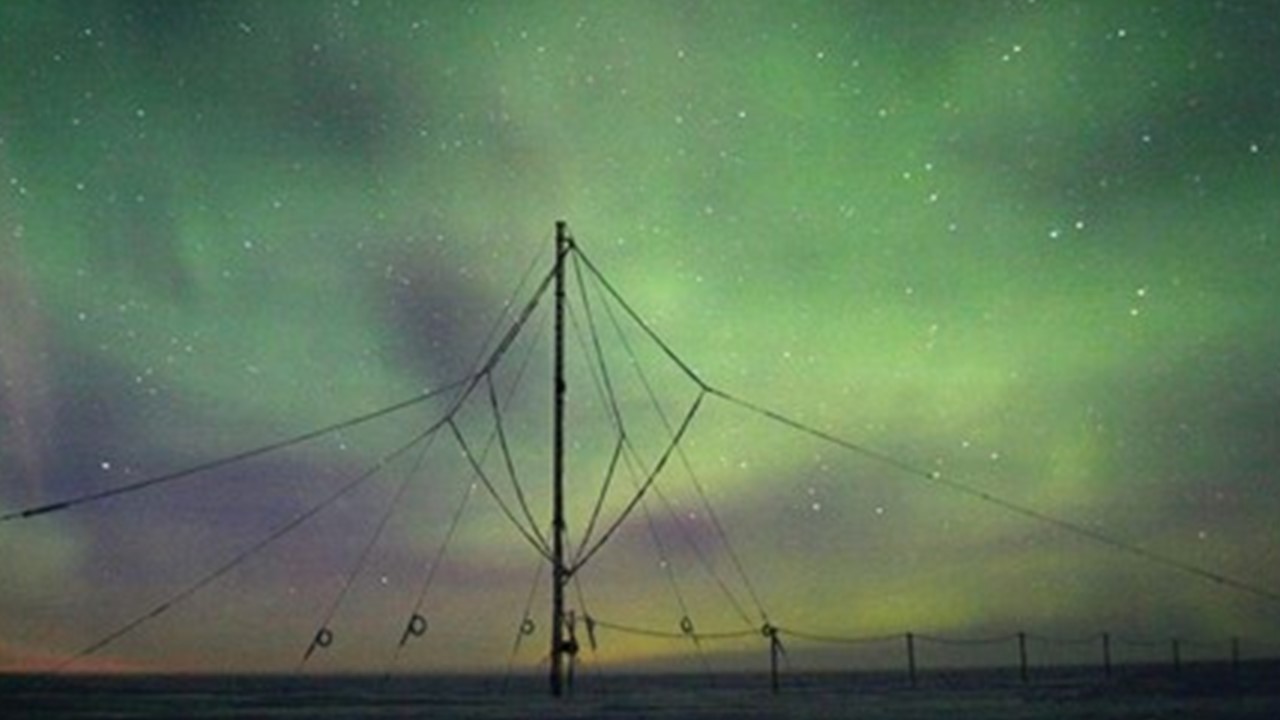‘Sounds of Space’ from Antarctica feature in space simulation game
Amazing, natural, ‘sounds of space’, recorded by antennae at Halley Research Station in Antarctica, have been incorporated into the new exploration gameplay in Elite Dangerous released today (11 December).
Our planet naturally produces a variety of radio emissions, at the lower end of the radio spectrum, between 100 Hz and 10 kHz. These signals, generated by lightning activity and geomagnetic storms driven by the Sun, can be directly converted into audible sounds revealing the incredible ‘sounds of space’.
The data, collected by British Antarctic Survey (BAS) using a Very Low Frequency (VLF) receiver, are primarily used to investigate space weather and understand the impacts this may have on the Earth’s climate system.

In this unique collaboration BAS Space weather scientist Nigel Meredith worked with Frontier Developments, the creators of Elite Dangerous, to incorporate the eerie sounds into the new gameplay.
In the game, by tuning in to the correct frequency at their in-game location, players can use a Full Spectrum System Scanner (FSS) to discover more about their surroundings. The FSS audio is based on the ‘sounds of space’ recorded at Halley Research Station.
Dr Nigel Meredith says:
“The new exploration gameplay, gives players the chance to experience the amazing ‘sounds of space’ for themselves. The players, who already have an interest in exploration and space, will hopefully enjoy the new space ‘sounds’ and be tempted to find out a little more about them.”
Find out more and listen to the ‘Sounds of Space’ here.
Elite Dangerous‘ Beyond update launches today on PlayStation 4, Windows PC, and Xbox One.
